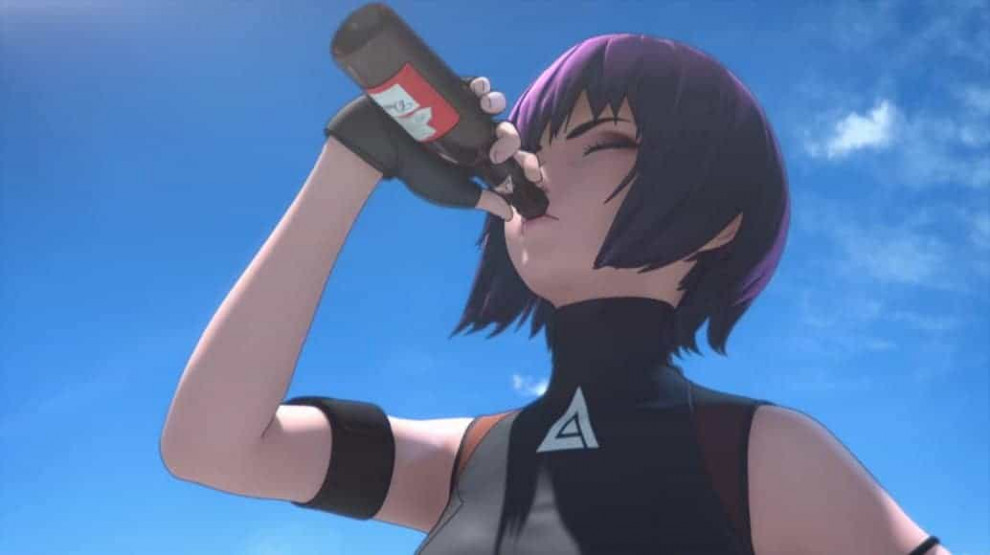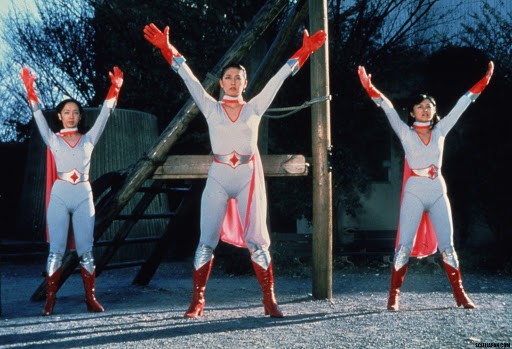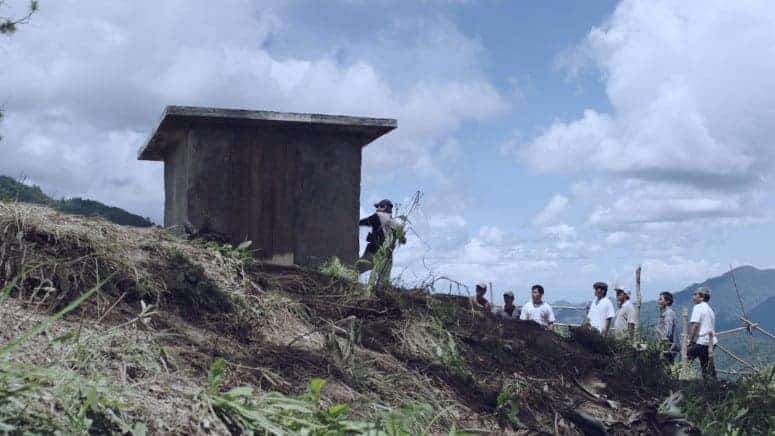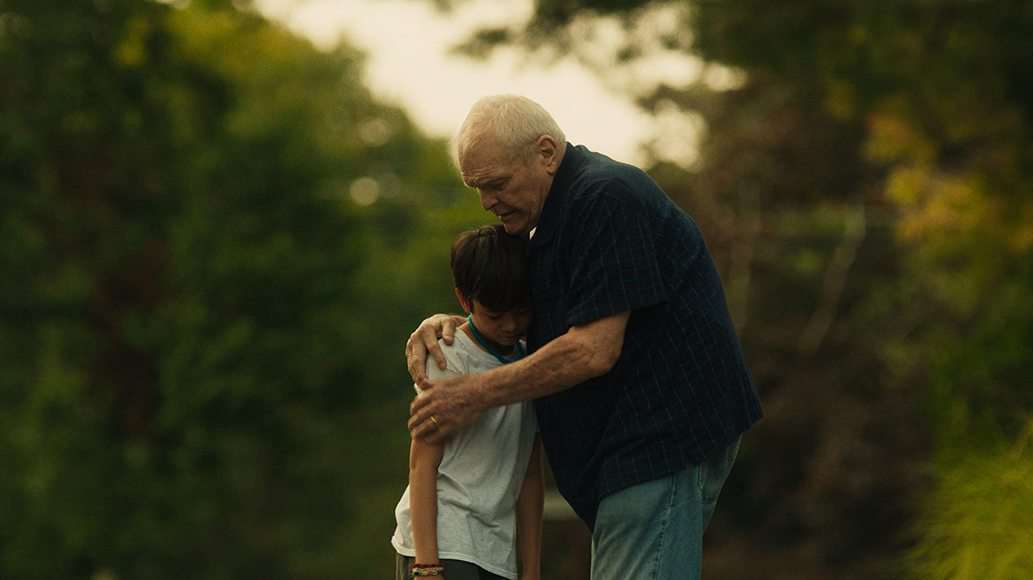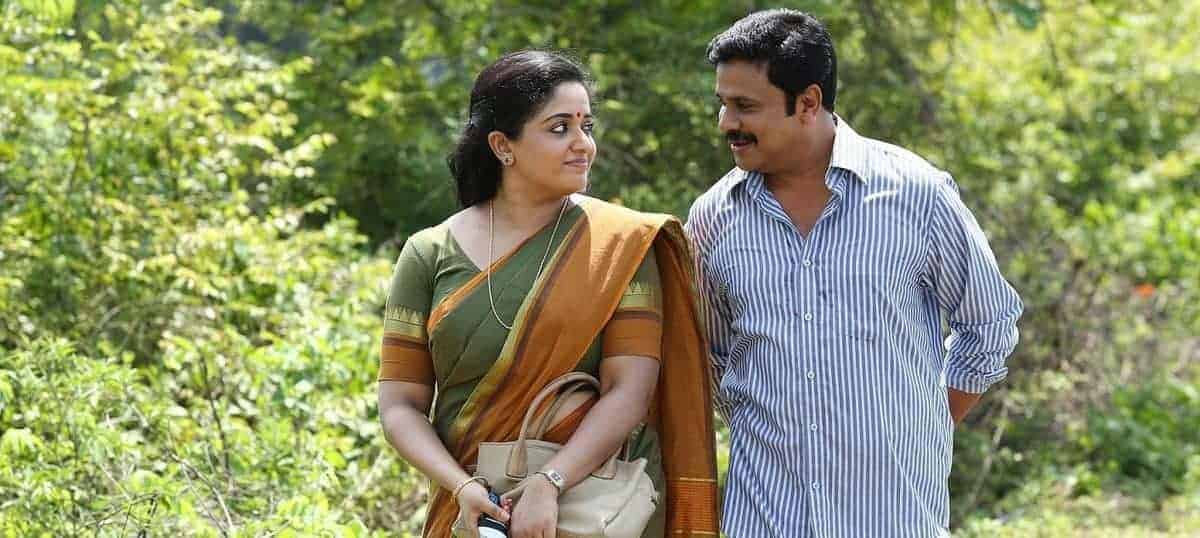Let's think of a hypothetical scenario. The Netflix people invite Kenji Kamiyama and Shinji Aramaki (the first one was involved in the various “Ghost in the Shell”-anime series and the second is an experienced professional in the field) to come to their offices to talk about the upcoming Netflix release of the new “Ghost in the Shell”-series. An executive from the company begins talking: “The series you directed was critically acclaimed, but you did not make as much money as you could. Here in Netflix, we can ensure that you will really get paid for your work, if you follow our suggestions”.
The two directors reluctantly agree and the executive continues. “We are going to globalize the franchise, meaning in particular, making it more approachable to the western audience, and especially the US. The US is, after all, the market where you can make real money. And I will tell you how we will achieve this. For starters, the stories you implemented in the series so far were very complex. No need for such intricacy, most people do not care for deep sociopolitical context or they do not understand it. Instead, we are going to fill the series with impressive action. Furthermore, the characters are very distant from the protagonists US audiences tend to identify with, their mentality is completely foreign and the same applies to the overall setting. To remedy that, let's have the group operate in the US somewhere, Palm Springs, for example, and let's make them have barbecues, drink beer and listen to rock'n'roll. I am sure somewhere in the middle of this we will manage to include some kind of product placement, which means even more money. Also, let's make Kusanagi more female, sexier if you prefer. And while we are it, let's make Batou something between a jock and a bully. And you know what, these two are the main attractions of the story, so let's not deal with the rest too much. Maybe we deal a bit more with Togusa, since his difference makes him stand out. And you know what, let's add an American to the group, and even better, let's make him an African-American, to really grasp that demographic also. Let's have a memorable villain also, someone that the US audience will immediately recognize. Someone like agent Smith, from “Matrix”. Yes, let's do exactly that and even name him Smith. Maybe also add some college students as villains, who are frustrated for not being able to pay their student loans. Lastly, here on Netflix we promote CGI anime, so let's make the new GITS like that. A lot of people have not yet gotten used to the style, but we will get them there eventually”.
The directors agree once more, and thus, another kick in the nuts of what used to be the greatest franchise of the anime world came to be, one that is even worse than the live-action adaptation. Again, all the above are just a hypothesis.
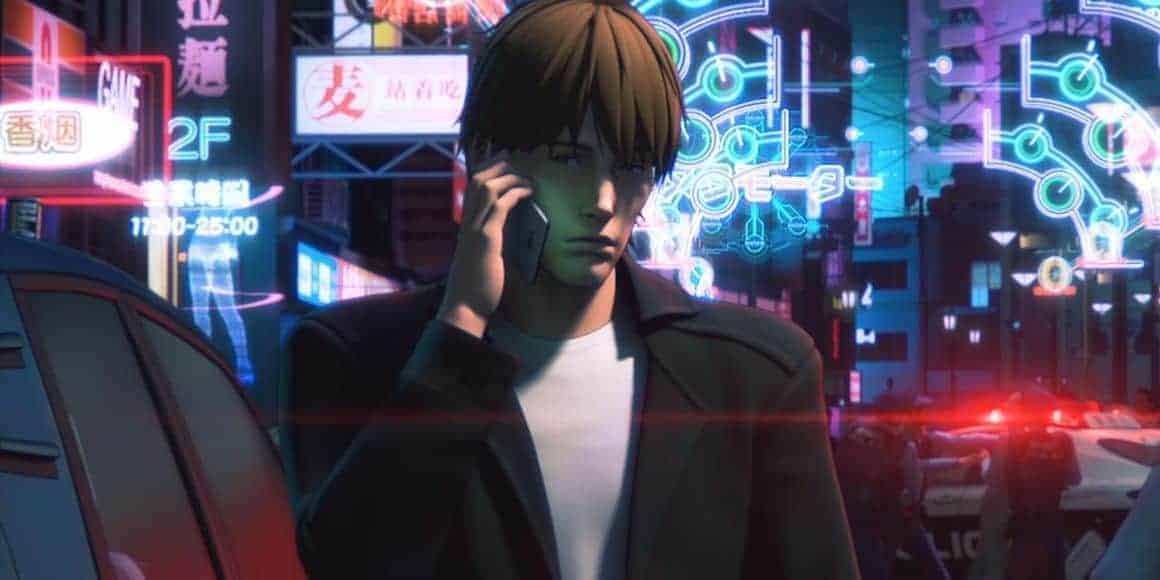
In the year 2045, after an economic disaster known as the Simultaneous Global Default which destroyed the value of all forms of paper and electronic currency, the “Big 4” nations of the world are engaged in a state of never-ending “Sustainable War” to keep the economy going. The concept, in essence, means that the four countries have invested in various forms of war in order to make money. In this world, Motoko, Batou, a number of Tachikomas, and some other members of the former Public Security Section 9 no one cares about, have sold themselves out as mercenaries under the group “GHOST,” using their cybernetic enhancements and battle experience to earn a living while defusing hot-spots across the globe. However, the emergence of “Post Humans” and a conspiracy uncovered by former Chief Aramaki force PSS9 to reunite, including Togusa, who had put himself of the team some time ago. Thus, the dumbed-down, action-flick like, full of script holes and too-many-coincidences version of “Ghost in the Shell” begins.
If all the aforementioned are not enough, let me add one more frustrating point. The rest of the members of the team, with the exception of Batou and Motoko, are relegated to caricatures that just seem to call the Major's name whenever there is trouble, much like calling their mother or something. Add to all that the totally unrealistic movements of all the characters, courtesy of CGI animation, and you have the backbone of the “2045”.
A few pros do exist though. The action scenes are many and quite impressive, even though they add very little to the story and character development. The tachikomas and the general background look great, both in terms of drawing and coloring. The last arc, involving a student that becomes Post-Human seems to have something of the intricacy of the previous titles, with the combination of school “politics”, “1984” and the concepts of family and trauma combing with the general storyline in great fashion. This part saves the title partially, and gives the viewer some sense of longing for the second part. And that concludes the pros column. And this review.


